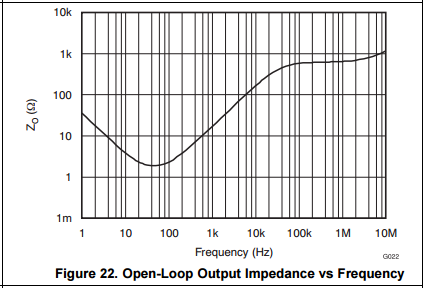 www.ti.com/.../slyt326.pdf "Output impedance matching with fully differential operational amplifiers" page3 in "Figure 4. Simplified view for analysis of adding RP" you explain and caculate the one sided FDA.
www.ti.com/.../slyt326.pdf "Output impedance matching with fully differential operational amplifiers" page3 in "Figure 4. Simplified view for analysis of adding RP" you explain and caculate the one sided FDA.-
Ask a related question
What is a related question?A related question is a question created from another question. When the related question is created, it will be automatically linked to the original question.


